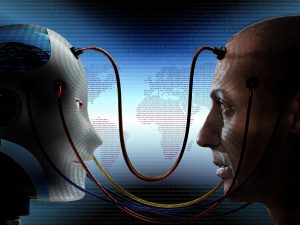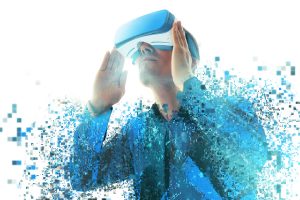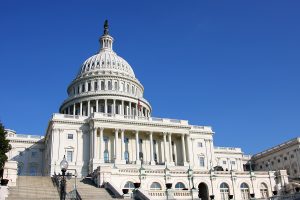 The past year has seen us living with the reality of virtual. Video calls, online meetings, streamed events - the majority of our connections have happened through a screen. While this is our current reality it is not virtual reality in the truest sense. By definition, virtual reality (VR) is being completely immersed in a world that is simulated. Augmented reality (AR) allows a user to move around in the real world while interacting with virtual elements (think Pokemon Go). What we've called "virtual" during the pandemic does not fit these exact criteria but our comfort interacting with a screen and the related technologies does pave the way for virtual and augmented reality solutions to become part of daily work and life.
The past year has seen us living with the reality of virtual. Video calls, online meetings, streamed events - the majority of our connections have happened through a screen. While this is our current reality it is not virtual reality in the truest sense. By definition, virtual reality (VR) is being completely immersed in a world that is simulated. Augmented reality (AR) allows a user to move around in the real world while interacting with virtual elements (think Pokemon Go). What we've called "virtual" during the pandemic does not fit these exact criteria but our comfort interacting with a screen and the related technologies does pave the way for virtual and augmented reality solutions to become part of daily work and life.


 Human Resources (HR) in government has always been complex. From very specific hiring criteria to security clearances to battling the stereotypes of government work, it's never been a task for the faint of heart. Then came a global pandemic. HR departments had to quickly pivot to serve a remote workforce and find ways to continue filling positions critical to the government response to COVID-19.
Human Resources (HR) in government has always been complex. From very specific hiring criteria to security clearances to battling the stereotypes of government work, it's never been a task for the faint of heart. Then came a global pandemic. HR departments had to quickly pivot to serve a remote workforce and find ways to continue filling positions critical to the government response to COVID-19.



